
Guardhouse (Île Grande)
Pleumeur-Bodou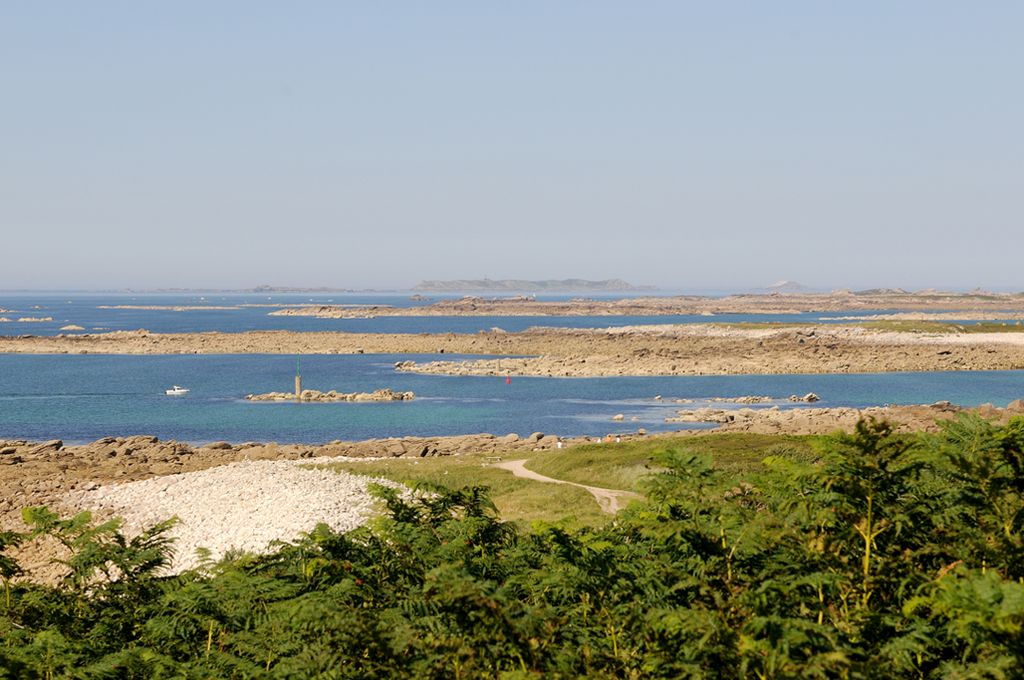
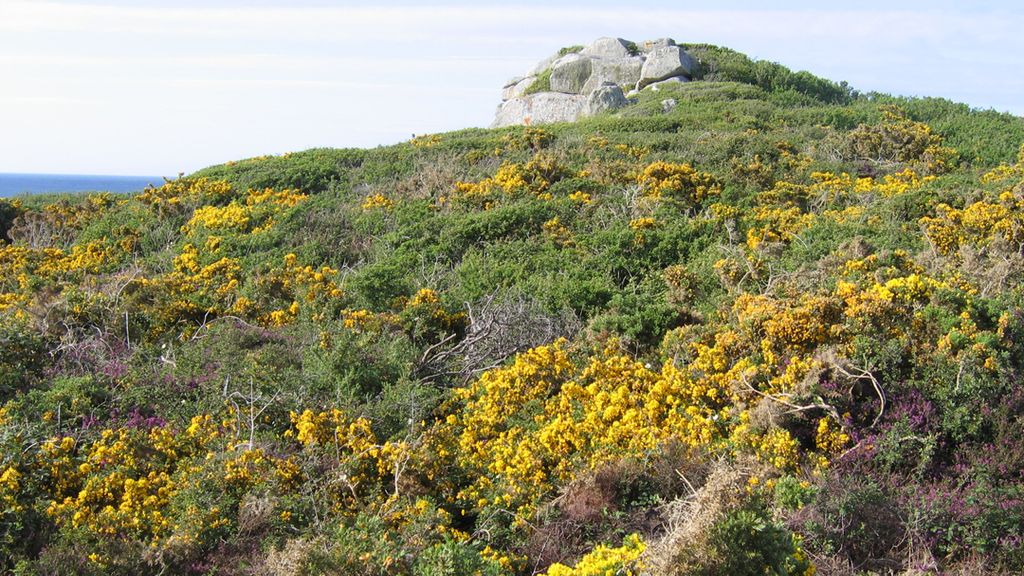
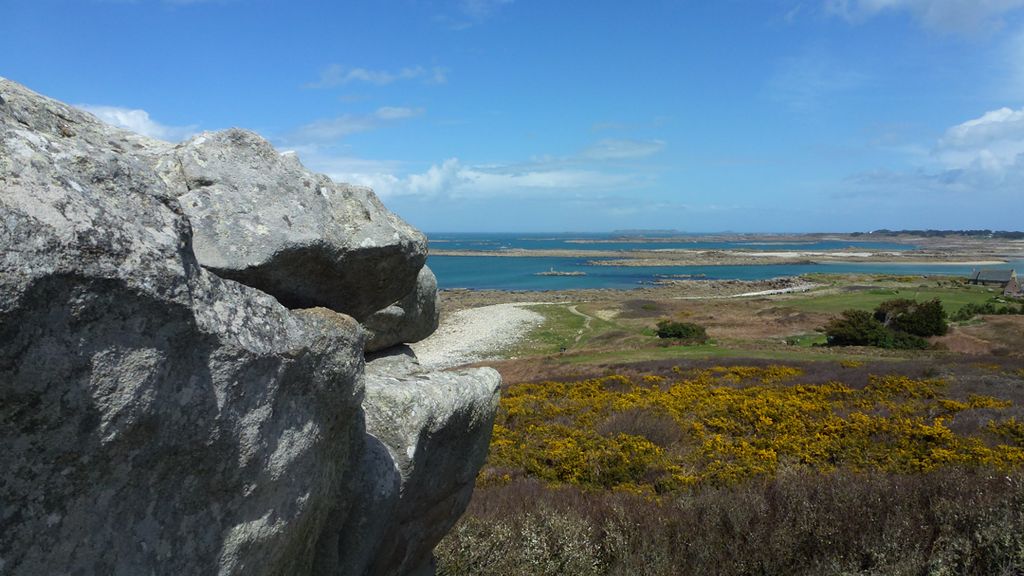
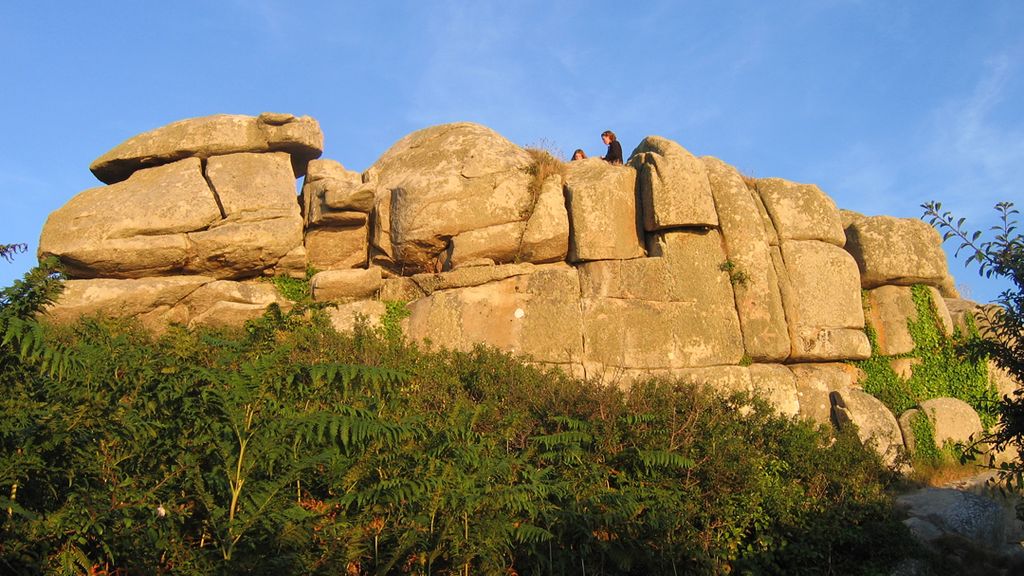
About
The guardhouse, TyGward in Breton, is an imposing block of granite which stands at the highest point of Île Grande. Right around the periphery of the island, grey and blue granite was mined for several centuries, contributing to the area's renown. Walking around the area, you can find traces of the mining activity and imagine the work of the quarrymen. Following the paths which snake through the heather, you will arrive at a rock formation nicknamed "Le Lion" (the Lion), not far from the statue of a stonecutter. The granite for the construction of the viaduct at Morlaix was extracted from the adjacent old quarry, whose face is impressively large. Opposite you is the outline of Île du Corbeau. This island was an important site for the extraction of blue granite.
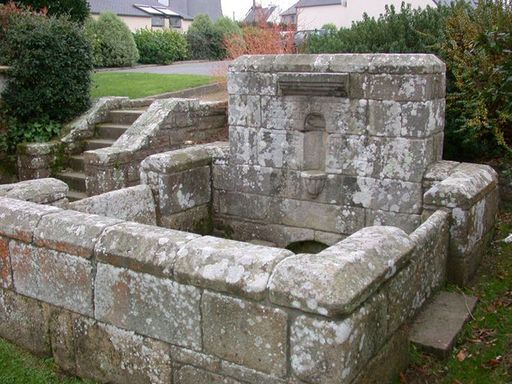

Bonne Nouvelle Chapel
Trébeurden
Here you will find a hamlet of traditional houses built from granite and a chapel dating from the fifteenth century, which is dedicated to Notre-Dame de Bonne Nouvelle (Our Lady of Good News), patron...  See
See
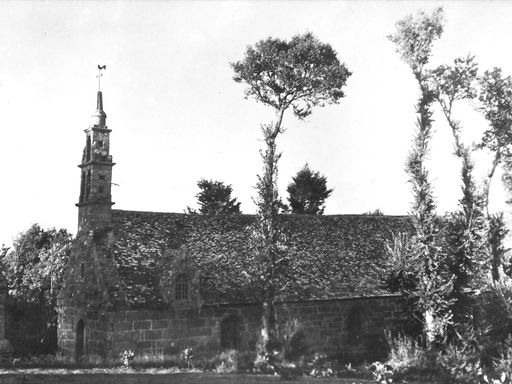

Penvern Chapel
Trébeurden
Located in Penvern, the Notre-Dame de Cîteaux Chapel, among the oldest in the area, is worth the detour for the magnificent altarpiece which it houses. Its paintings and sculptures are a superb...  See
See
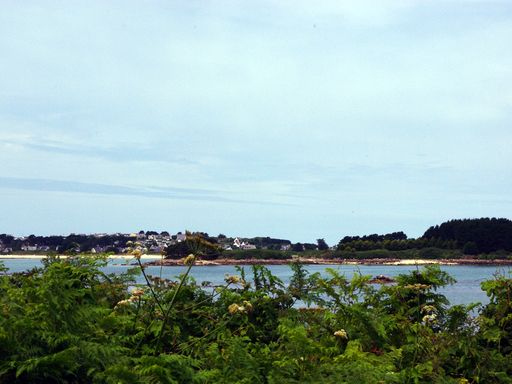

Keryvon
Pleumeur-Bodou
Walking along the beach at Keryvon, you will find a landscape shaped by the tides and by a special geological history. The presence of yellow sand and black rocks gives the area an unusual...  See
See
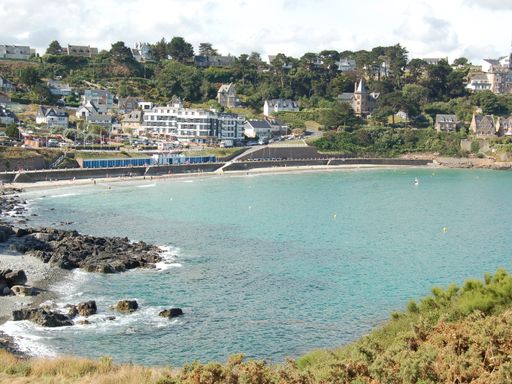

Trestrignel beach & Pointe du Château headland
Perros-Guirec
This rocky outcrop, which marks the entrance to the natural harbour of Perros-Guirec, long played the role of strategic defensive outpost against enemy attacks. Since then, the area has changed...  See
See


